21 Questions: Fashion Designer For All, Vongai Noreen
Images courtesy of Von Ruz
Questions by Anna Koutelas
Vongai Noreen Ruzive is a British Womenswear fashion designer pioneering a new standard with her inclusive brand, 'Von Ruz.' Vongai addresses the lack of accessibility in clothing for people with disabilities and takes this issue one step further. She recognizes that there's a lack of accessible clothing not just for those with disabilities, but for everyone. Striving to fill in the gap between garments made to be fashionable and garments made to be accessible, she designs garments for all women to feel both comfortable and stylish in.
Vongai carefully considers fabric choices, such as avoiding those infamously irritable to human skin. She reimagines the sizing of buttons, lengths of garments, and placement of a zipper from the back of a garment to the front and side, creating a greater sense of ease when putting the garment on and off. The result of these meticulous considerations in design features? An unprecedented movement in fashion to beautifully bridge the gap between accessibility and fashionability.
1. At what point in your life did you decide that you wanted to create an inclusive fashion brand?
"It was actually toward the end of my Bachelor's in Fashion Design. That's when I realized that I could do something about the lack of inclusivity in fashion, because in the second year of university there was a project where we were challenged to do so. But then, later on, I started to do research and I thought, 'Oh, this is interesting, and I always knew the struggles that my brothers had being autistic with their clothing.' Autism is more cognitive, but it does have its implications on the physical. In terms of being sensitive to a garment, and specifically the material. So yes, it was until the final year when I thought I can actually do something bigger than just doing some research and that school project. That's when I then did the Masters in Paris and continued since."
Images courtesy of Von Ruz
2. That's interesting. Reading that you pursued Fashion Design in your undergrad, I assumed you pursued that with the original goal of inclusive fashion. But it seems like it happened farther down the road, after some experience?
"Oh, definitely. Before that I was just interested in a lot of different things, as you do, as a designer. But then as you progress you kind of see where you want to be, where you belong in the landscape. So that's when I realized I want to design with purpose. And even then I didn't know exactly what, until I realized, okay this is a great route; it's perfect. Because right now what's already out there is extremely limited. It's usually targeted toward older people, so it's not as fashionable. I wanted to twist it so that it's still modern, fashionable, and anyone can wear it; not just people with disabilities."
Images courtesy of Von Ruz
3. That's a powerful distinction. Because your brand isn't exclusively for people with disabilities or one group of people- can anyone wear it?
"Definitely. I wanted to get rid of the segregation that already exists in mainstream fashion, such as standardization in clothing sizes. That's why inclusive fashion hasn't gone mainstream yet. That's why it is mainly smaller brands who are the ones trying to do adaptive clothing, but they are still very much thinking of the older demographics. Not fashionable, just functional. I wanted to go against what's already happening."
4. Researching inclusive fashion brands, I found the same thing as well. Most inclusive brands cater to older people but aren't contemporary or young. There seems to be a gap in the market. No?
"Exactly. Some brands aren't just leaning toward the older demographic, but they're targeting leisurewear. You can't always wear leisure at work, on a special occasion… so again it's about filling in the gaps that have been created by people who are trying to do something adaptively. And this is why I also refer to this as inclusive fashion, rather than adaptive fashion."
Images courtesy of Von Ruz
5. When you were growing up with your brothers and experiencing the lack of accessible fashion they had, what were some design elements of their clothing that were challenging?
"It was mainly that they preferred one item of clothing over the other. So in terms of jogging pants, there were specific ones that they liked, and would refuse to wear anything else. This was more permanent with one of the two brothers because of his hypersensitivity. It's a need to have fabrics and materials that satisfy sensory needs with specific textures. There are fabrics he doesn't like that are quite irritable, then others he wouldn't want to wear at all. And this is the thing, this is something that isn't just with my two brothers or people with disabilities. It's just anyone. We all have our preferences for fabrics. Most of the time, with other research I've done, people without any diagnosed disabilities have similar feelings toward fabrics. For example, tight jeans can be irritable for people, maybe if you're sitting for a long time. Even if you're sweating, for example. Certain things can be very uncomfortable, but yet mainstream fashion remains the same. So that's my link- making clothing that doesn't just satisfy the needs of my brothers, but also inclusive of other people's concerns."
6. There's a huge philosophical stance behind this. It could be perceived as anti-fast fashion brands, who are known for using fabrics, that are incredibly irritable on human skin. What are some fabrics that you prefer to use?
"I have previously used heavy satin and made sure to use a soft cotton blend against the skin underneath a tulle outer layer fabric so that it can look good while being comfortable on the inside against the skin. As well as fabric choice, I focus on the physical aesthetics that help the user easily wear the garment including laser-cut buttons (larger than usual), easier fastenings, and pocket placements."
Images courtesy of Von Ruz
7. Large companies like Target, Kohl's, and Zappos are now starting to include inclusive fashion. However, there is a lack of designers in categories such as haute couture and demi-couture.
Images courtesy of Von Ruz
"Most definitely. The people you've named have been trying to do it now for several years, and the one thing that I've noticed is that there is more focus on the functionality of the garments. But then when it comes to the visual aesthetics, like how the garment looks? Yes, it can be nice and presentable, but it's not always going to be something that you can wear to a party, special event, or work. This is the feedback that I've received from interviews and questionnaires during my research. When I was interviewed by ITV News London, many people responded. One response was, "This is great because I've gotten some adaptive clothing, but it's not always as fashionable as what you're offering." So this keeps me motivated to keep pushing for the visual aesthetics on top of the functionalities."
Images courtesy of Von Ruz
8. With this purpose of inclusive design, is there a difference when considering cognitive disabilities versus physical?
"At this moment I would say no because I've been trying to be inclusive of all common issues in one. So obviously, it is difficult to have a solution for absolutely everything in just one garment. Something I've done is researched people with cognitive disabilities, as well as people with physical disabilities- predominately those in a wheelchair. And then also, people without any diagnosed disabilities. After, I made a Venn Diagram of what each category's experience is, and in the middle is what they all have in common. This diagram included the comfortability of fabrics, garment accessibility, as well as just wanting to look good. One of the most common elements highlighted through the research is a zip on the back of a dress, which many women struggle with; especially if they're trying to get dressed on their own. They would have to try to stretch their arms back to try to zip it up, but, if the zipper is placed somewhere else, it's much simpler. For people in a wheelchair, for example, a zip on the back is probably one of the worst nightmares as well. So instead of having it in the back, it's either at the side or the front. They can easily do it themselves and not rely on their carer, for example. These are the kinds of insights that I've considered when through my designs to be inclusive of multiple categories."
9. Can you describe one of your favorite garments and the design features that you chose for it?
"It's quite difficult to pick a favorite. If I had to pick, I would say the jumpsuit. Having it be fully detachable with double-sided zips from the shoulders and the side seams makes it a different experience, in a lovely way and I have tested it myself, compared to putting on the standard jumpsuit. Also, I just love it; I wore it for my Masters's graduation!"
Images courtesy of Von Ruz
10. Are there any struggles with the duality of designing inclusive garments that don't sacrifice fashionability?
"I don't find it difficult at all. I love the fact that it gets me to think a lot more because as designers, we all need inspiration. And that is one of my biggest inspirations, to mix the two- functionality and fashionability."
Images courtesy of Von Ruz
11. With the advent of COVID-19, you've created space in your brand to make masks out of lined tulle. Can you explain your decision to hop on board with this effort?
"For this, I had been looking at what people have been doing, and I saw that a lot of the masks look the same, surgical masks or plain. Having had some tulle leftover from my previous collection, I realized that this could be a different and fashionable option and I have received a great response."
Images courtesy of Von Ruz
12. Once the virus calms, there are whispers within the fashion industry that the changes will be unprecedented. There's talk of a refreshed moral code for fashion consumerism and a new emphasis on ethics, possibly progressing the movement to end fast fashion brands. This could be perfect timing for a brand like yours, that champions accessibility and ethical design. Do you think the timing of this could work in favor of your brand?
"I think what I'm working on has already been quite timely. Because diversity is something people are working on in different industries. And I was already considering launching this anyway, even before the pandemic; making the brand more well known and bigger, and reaching out to more people. The demand was already there."
Images courtesy of Von Ruz
13. According to Coresight Research, adaptive fashion is predicted to become a 349.9 billion dollar market by 2023. The adaptive fashion movement is gaining momentum. Does it encourage you to see these predictions?
"It's nice to see that it's getting a lot of attention in fashion media. Specifically online fashion magazines and blogs. But the question is, are fashion brands going to continue in this notion? I'm not sure if they are, or if it's going to take many more years. Especially now, with the focus being predominantly on getting back on track after the pandemic. It's already difficult for brands to become more inclusive, but now I think it's going to be even harder. But I mean, it's still possible if they're interested in that market. And it does push me to keep going because I'd still like for Von Ruz to be one of those brands who can cater to that market; whether others can or not cater to them."
14. Are there any specific challenges you found that have arisen from creating an inclusive fashion brand?
"It's been challenging but not difficult, in the sense that I've been able to kind of get over certain hurdles and work with what I have."
Images courtesy of Von Ruz
15. Is there a strong community within the fashion industry of inclusive fashion designers?
"It depends on the definition of strong. Because if you're saying a lot of people are doing the same thing, definitely not. But there are people that I'm aware of in the US, one in France, and one in the UK. But again, we're all doing it completely differently and in our ways. Some people are doing it specifically for childrenswear. Others are doing it within athleisure, sportswear. However, I do feel there is a community with adaptive brands and advocates who support me, and also I support them. But again, there are not many. At all."
16. Discernibility for inclusive fashion is being pushed forward by regional fashion shows. Are there any brands in this realm that you think are doing a good job?
"When specifically talking about clothing that is inclusive of people with disabilities, I haven't seen much being done in typical fashion weeks. I know that maybe the off-schedule shows are trying to do that with their models, but I think there can still be a lot more done with those big well-known brands."
Images courtesy of Von Ruz
17. Who are some people in fashion or elsewhere that inspire you?
"The people who inspire me are the people who I've been asking, 'What are your issues with clothing?' From the UK and even here in France, the people whom I've been able to contact with physical & cognitive disabilities, also, people without disabilities, who tell me their issues with clothing. People have been very insightful when pinpointing exactly what they don't see on the market, and what they would like to see. Those are the ones who have been very inspiring."
18. When you talk to people without disabilities who would just like more fashion more consideration for texture, fabric choice, things like that; what are some features that people want to trade?
"The main one is accessibility. The ease of wearing the garment, being comfortable in it, but also looking good at the same time."
19. What are the next steps for your mark within the next year?
"I'll be launching a new collection, which will be available online."
20. Where do you see your brand in 5 years?
"In 5 years I think it will be established. I also think more people will know about what inclusive fashion really is. While previously having designed demi-couture, I'm looking to expand to something more accessible for lifestyle. So things you can wear to work, special occasions, a gathering... so it's still fashionable."
21. How would you define your style?
"My style is very feminine and can make women feel confident and comfortable in what they're wearing. And timeless!"


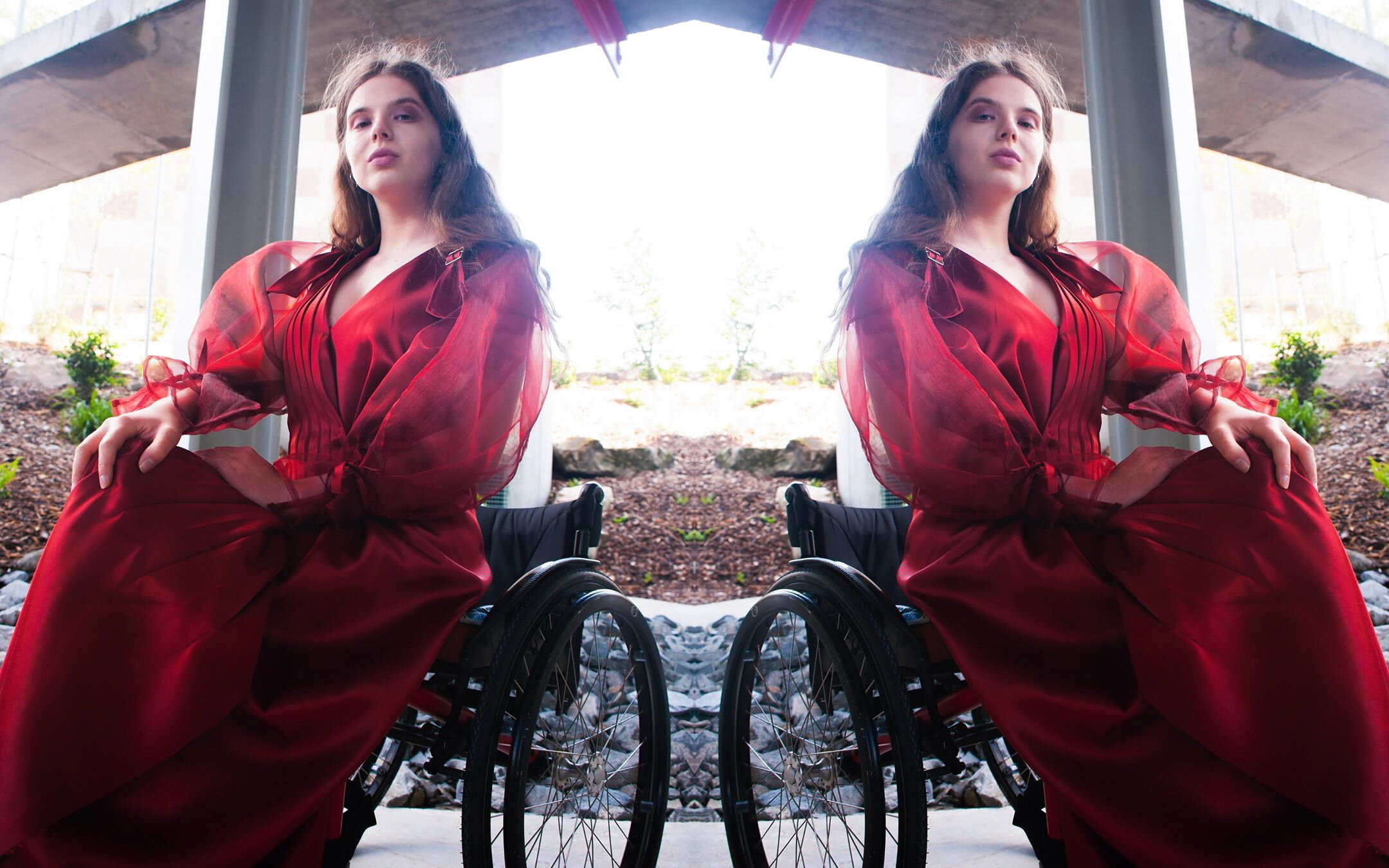









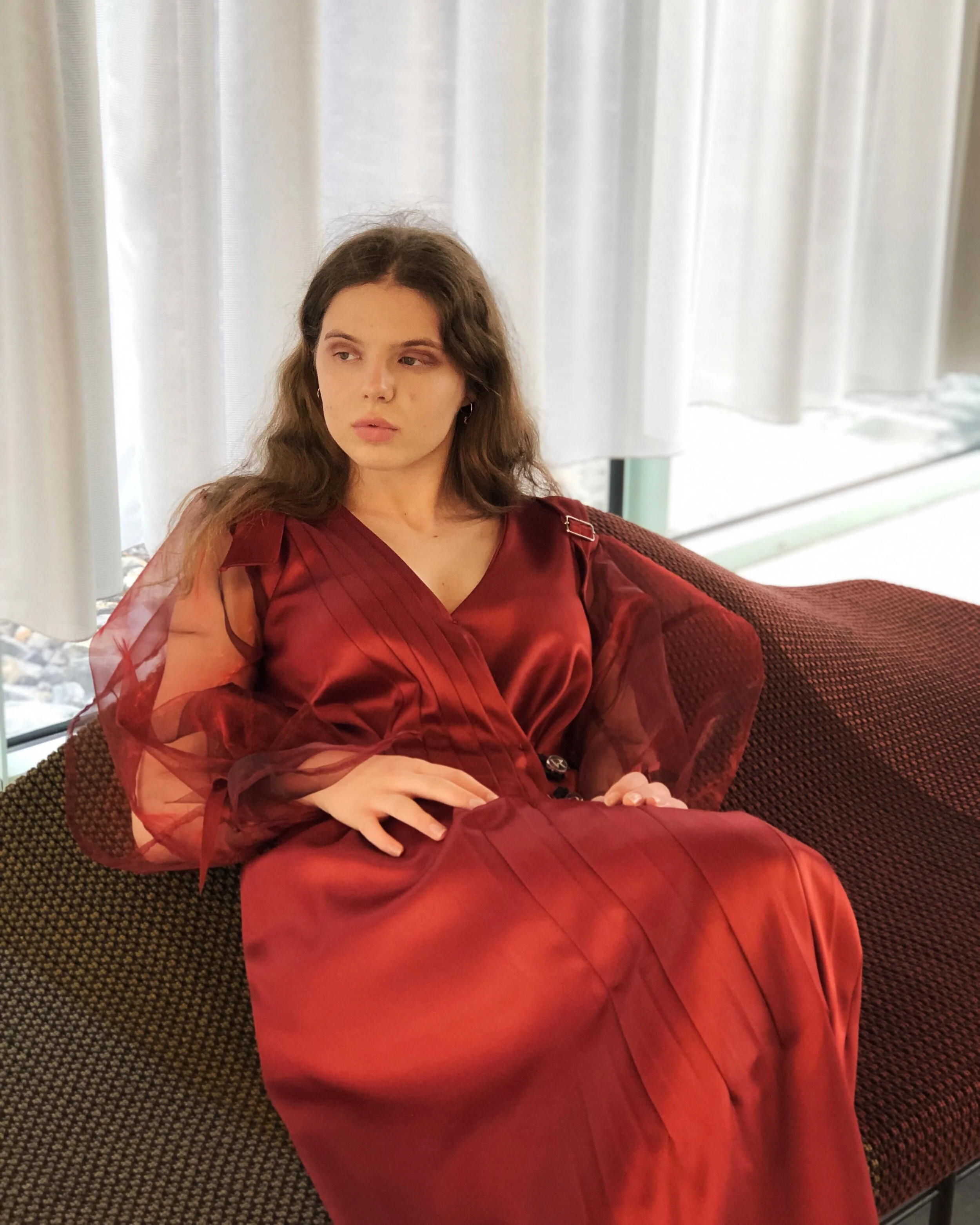



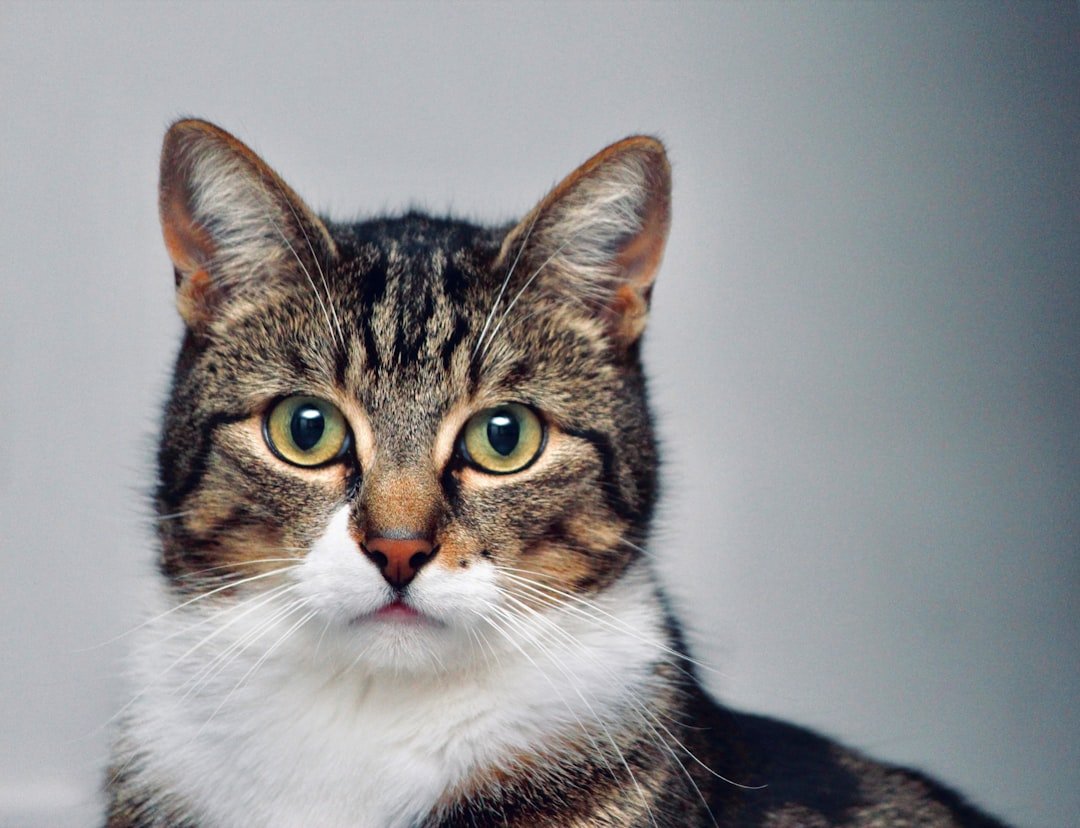













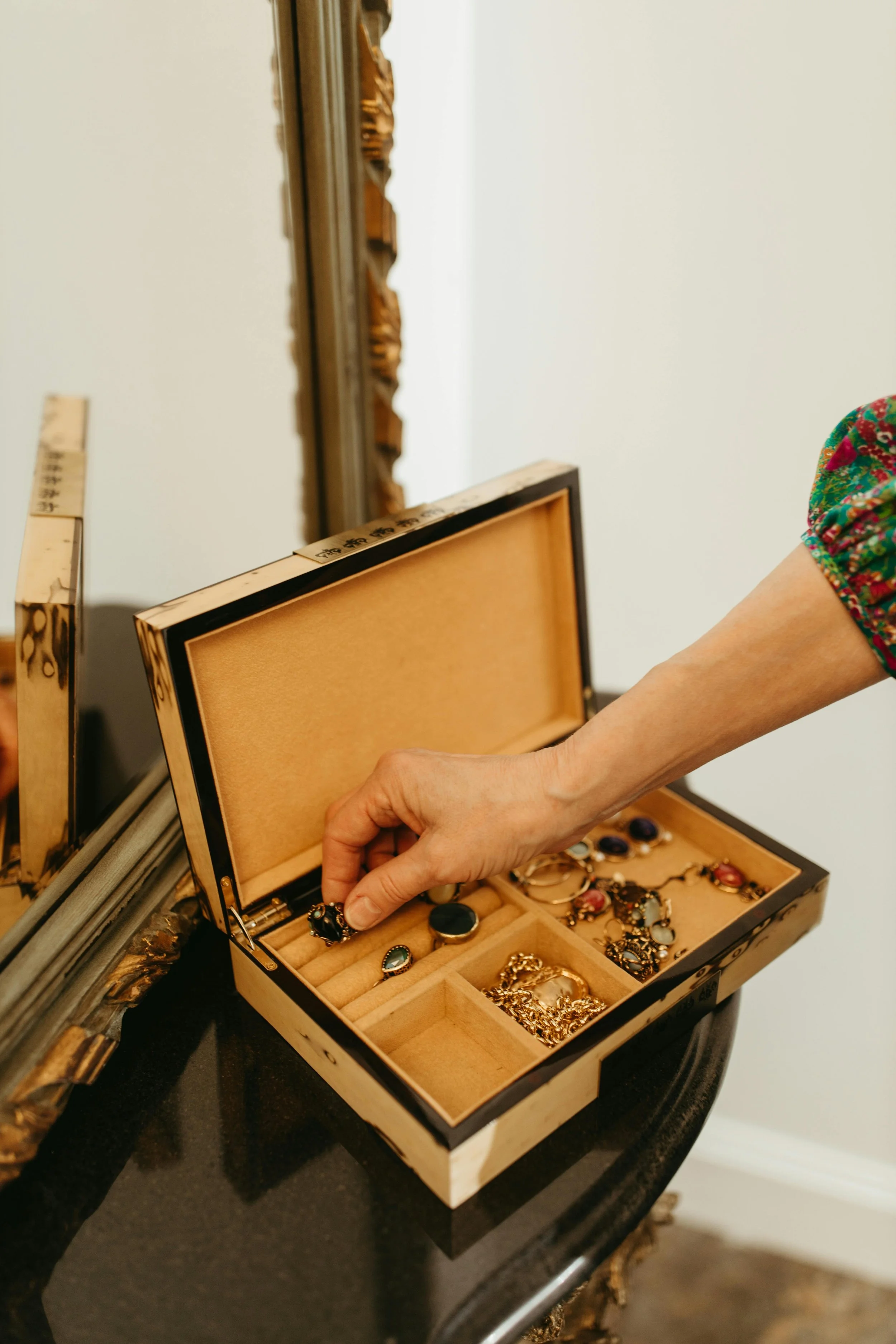






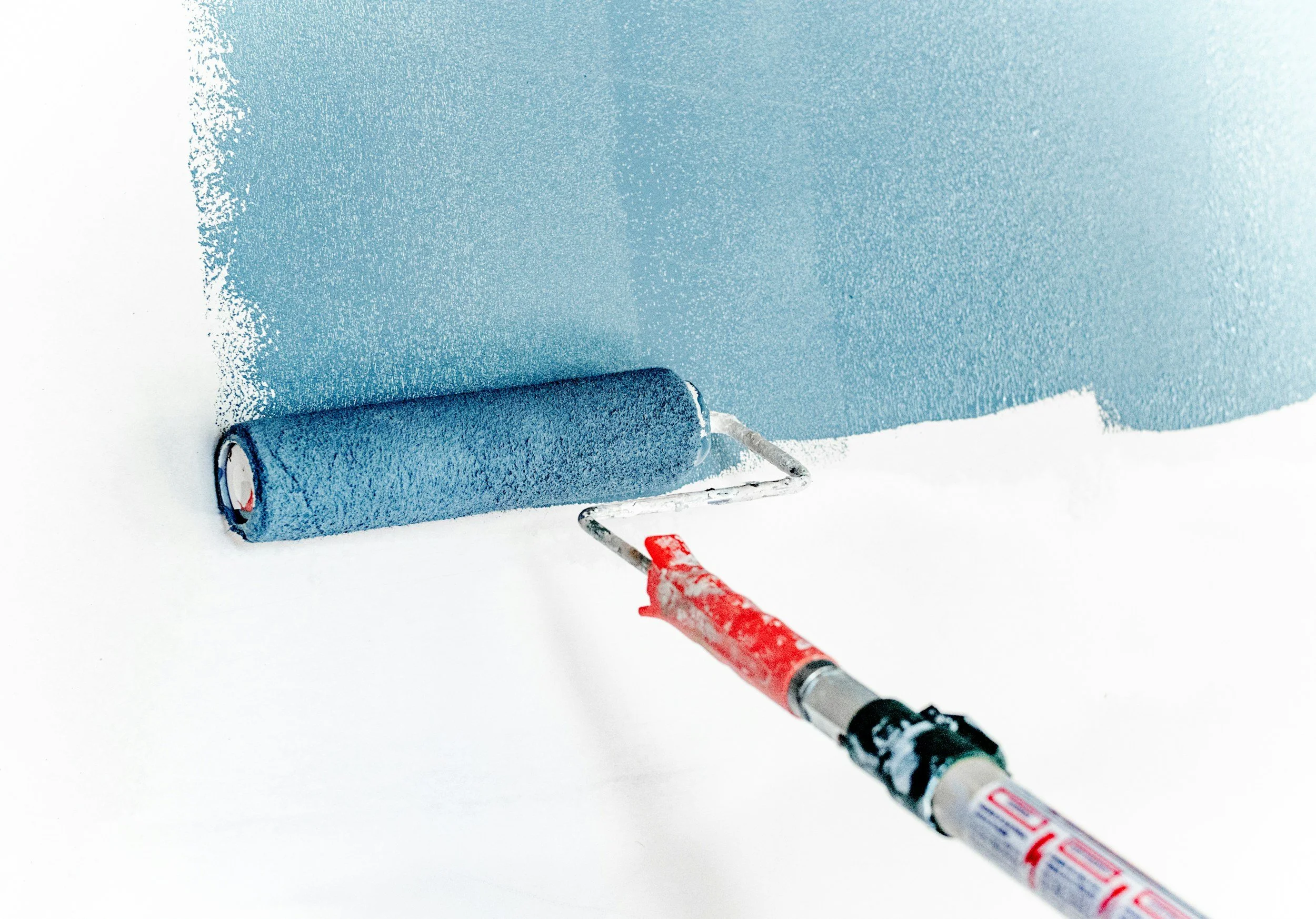

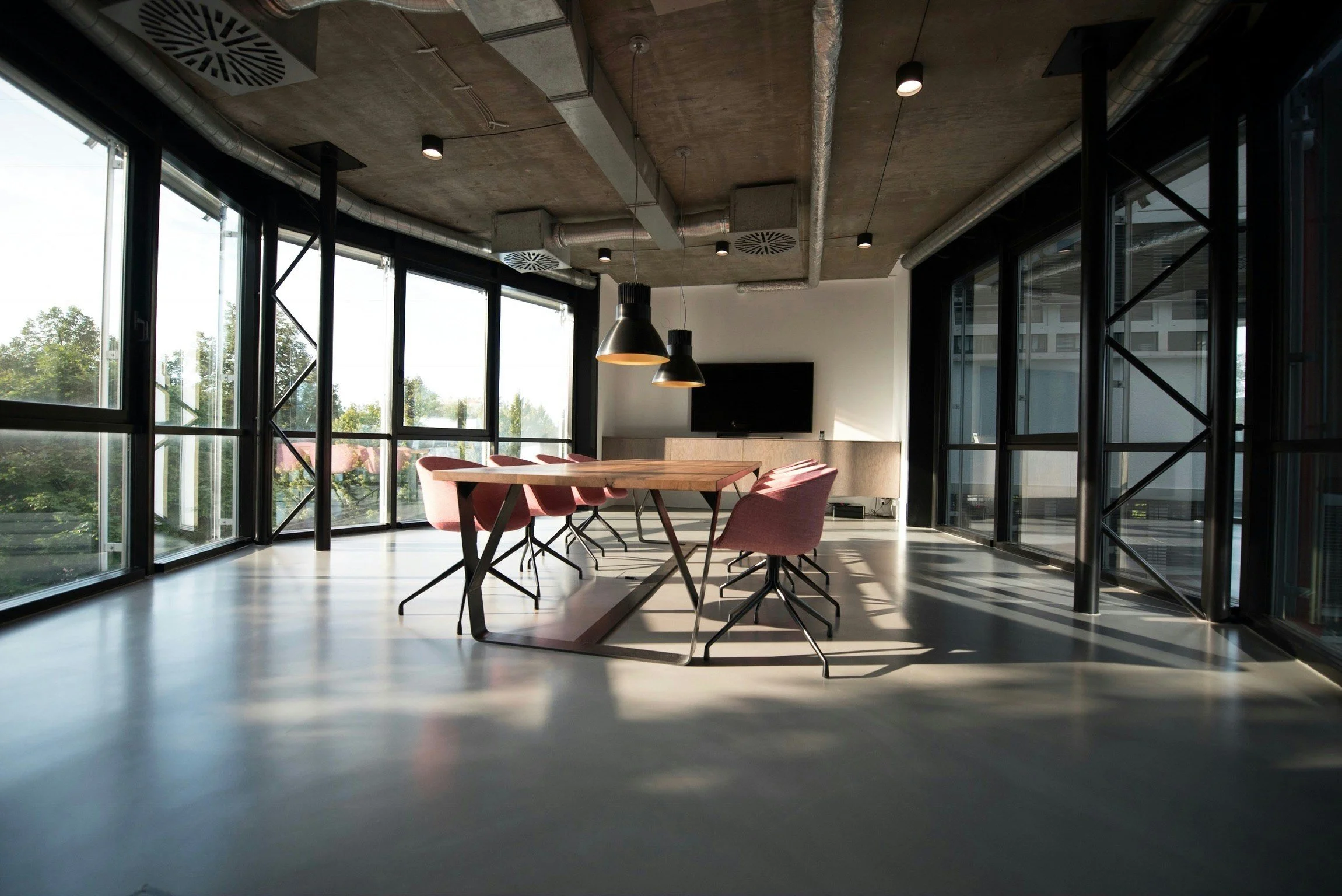



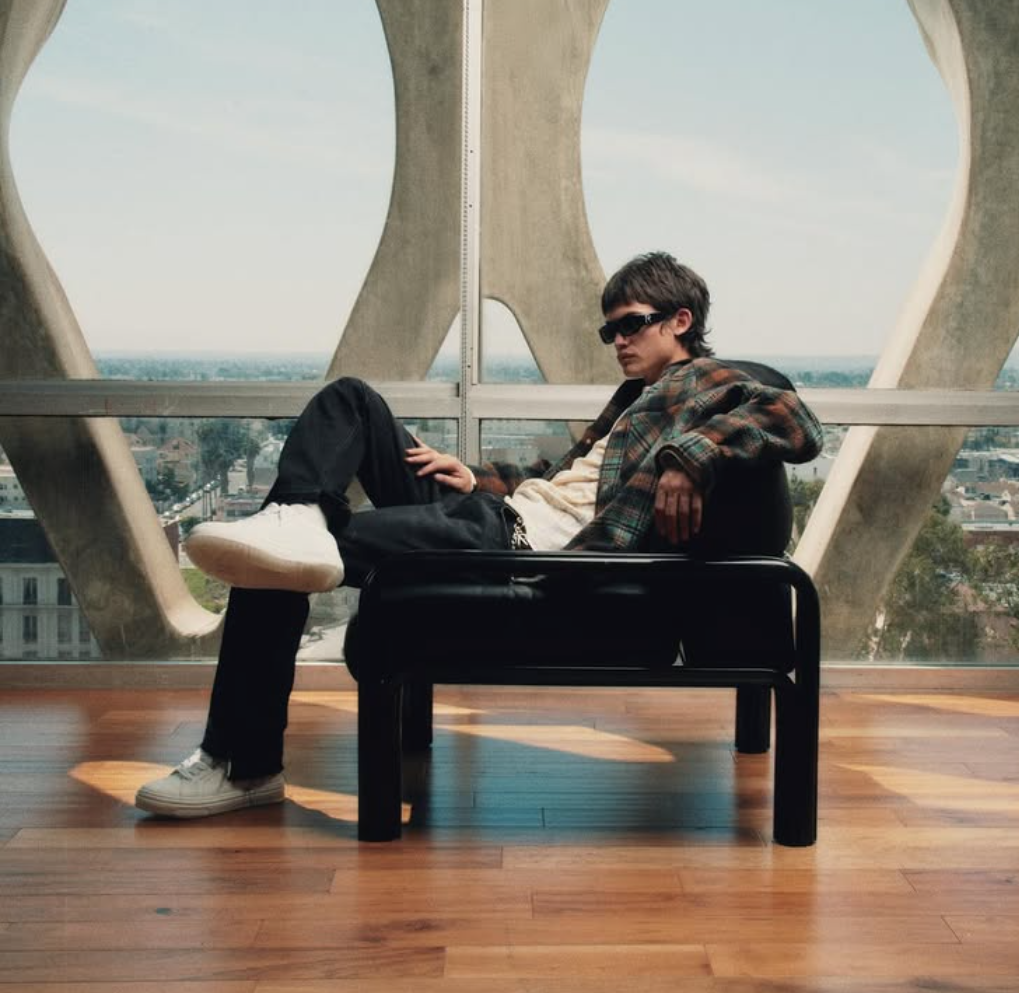

Tap to read…